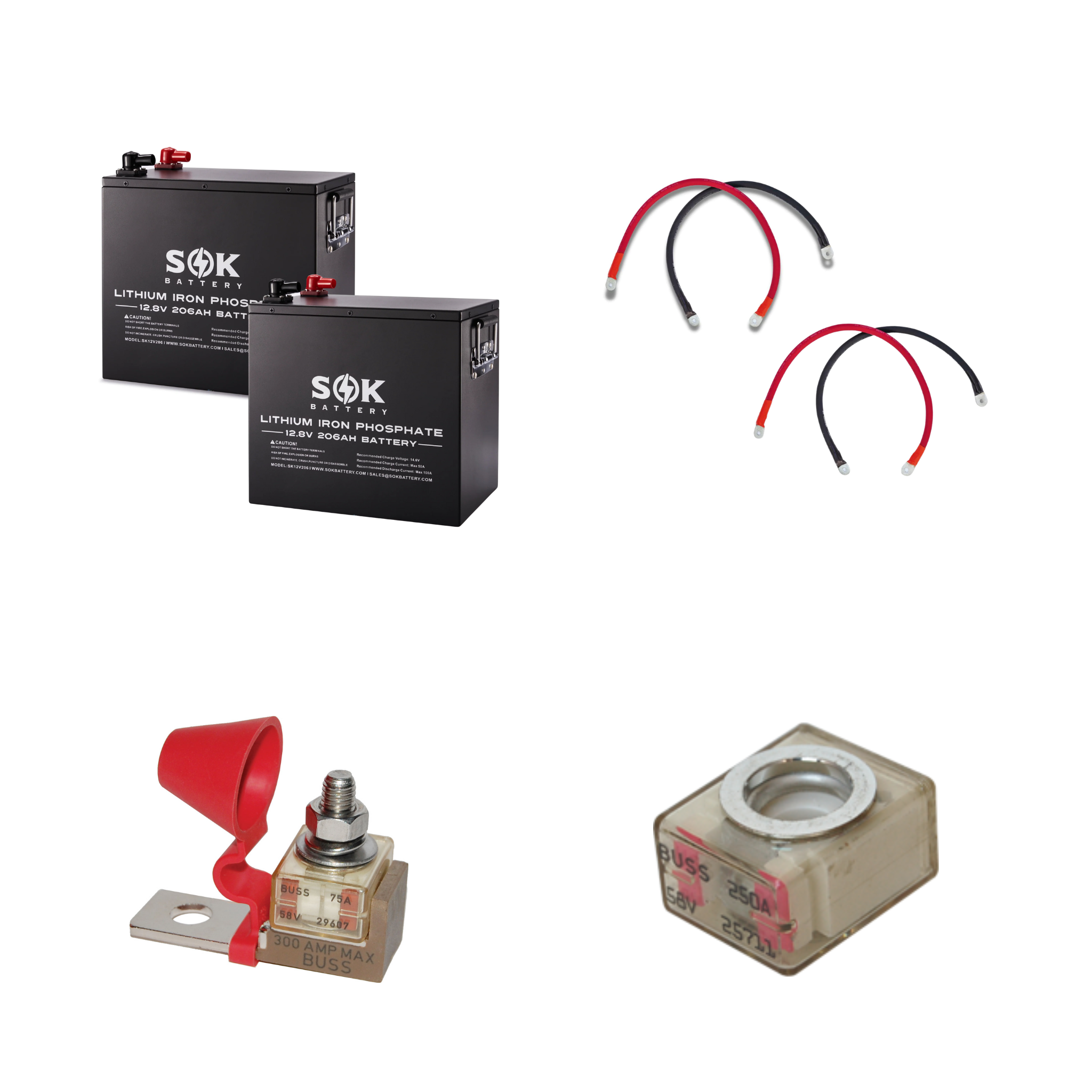Insulating your Van

Insulation is one of the most important, and also most debated parts of building a converted campervan. There’s quite a few options out there for material, and people innovating it so that it can maximize space in the van while also providing good thermal resistance in hot or cold climates.
It’s important to insulate because this will make sure your van keeps warm in cold places, and cool in warm destinations you might be travelling to. By adding resistance to heat transfer, the temperature changes slow down.
Ideally you’ll want to insulate for year-round travel regardless of where you’re going. Since heat is transferred from hot to cold, we recommend insulating for any time of the year so you’ll never have to worry.
Comparing Insulation Materials
When you’re comparing insulation, you will want to check the insulation packaging and look for the “K-Value” which is the measurement for thermal conductivity for that material. You’ll usually see it written as W/mK on the package.
This measurement describes the amount of Watts (energy) that can pass through a 1m thick piece of material if there is a 1 degree difference in temperature between one side to the other. This is used to compare how well one type of insulation does against another.
When you’re deciding what material to insulate with, you need to look for the type with the lowest K-value. Less heat will transfer through the material with lower K-values, which means it will insulate better with less internal space.
There’s a few things you will want to think about when you’re choosing your insulation type;
- What are it’s thermal properties?
- How easy is it to install?
- Does it have any health risks?
- How safe is it against fires?
- Is it eco-friendly?
You will also want to consider what particular space in your van you will be insulating.
In our builds, we love to use Thinsulate, which is a popular insulation material to use in conversion vans.
A few things about Thinsulate that we love;
- Delivers more acoustic absorption per unit weight vs. competitive products
- Helps customers meet mass reduction goals
- Non-woven sound absorbing fibers create a quieter vehicle environment
- Hydrophobic fibers resist moisture, mold and mildew
You can find it in our Shop HERE - we realized how difficult this stuff is to get in Canada, so we made it a whole lot easier to purchase it for our fellow Northern DIYers.
Sub-Flooring
To give proper support for the plywood floor and an anchor point for your furniture, It’s a good idea to install a sub-grid of timber battens, 400mm apart max. This also will prevent any compression of your floor insulation from being walked on over time.
You can stick the battens to the metal floor using a Sikaflex strong adhesive, or fix them with stainless steel self-drilling screws.
Once the battens are in place, you can then put PIR foil faced insulation boards between them. You can choose from different thicknesses starting at 25mm. The foil facing reduces moisture coming into contact with the cold metal and forming condensation. You will also want to use foil tape over the battens to make sure you have a complete barrier seal.
Wall Insulation
Depending on the shape of your walls, you should consider different types of insulation. For flat walls, rigid PIR boards have the best insulation value compared to thickness and they are easy to install. You can also use them for large flat areas of most panel vans.
From there, you can use woolen materials that can fit into all the awkward areas like holes, corners, etc. This type of insulation is quite easy to install, and should be put directly against the metal of the van to fill any empty spaces. Once installed, you will want to put a vapour barrier over it to prevent any moisture inside the van from getting through to the metal of the vehicle.
Roof Insulation
Similar to your walls, the roof of your van may be mostly flat with a bit of a curve. Take a look at the shape to determine if you need to install shorter pieces to fit the curve. You can put the insulation between the structural beams of the roof to make a tight fit.

Use Stick Pins to hold your insulation in place. These are long aluminum pins on a flat base, with adhesive tape on the back.
Once your insulation is secure, you will want to do another vapour barrier over the ceiling and use foil tape on all the joints and edges.
Dealing with Moisture
Moisture can build up in your campervan pretty easily if you’re not careful! This is absolutely something you want to do everything to prevent because it can lead to mold issues, which can be quite dangerous for anyone living or travelling in your vehicle.
It can come as a result of people and animals breathing in the space, sweat evaporating, cooking, or if you’re burning LPG heat one of the by-products of that is water.
To prevent it, you will want to make sure you have proper ventilating using roof fans, vents, and opening windows and doors to bring dry fresh air in from outside to replace the humid air. You can also keep the van warm with a dry air heating system.
If you notice your windscreen misted up in the morning, switch on your air system and turn the heater on. So the rules of thumb for this are - keep your van dry and warm however you can.
This is also why it’s so important to insulate and seal your van properly. Wrap everything with a vapour barrier to prevent the damp air from reaching the cold surface of the vehicle and forming condensation.
Insulating properly will lift the internal surface temperature above the dew point, helping to prevent any molding. Make sure you internally seal any holes in plastic trim clips, and any other small spaces where moisture might get in, like door pockets. For door pockets you can put insulation into polythene bags and seal them with tape. Then places these into the door pockets. The plastic makes sure the insulation stays dry and will allow the door to still drain any water.
You can also do a few things to reduce solar gain, which is when sunlight comes through the glass on your van and heats up everything inside it. This radiates heat into your van, and that’s what makes it hot when you park in direct sunlight.
Using external blinds, awnings, or any form of shade on the windows can help keep your van nice and cool in the summer.





